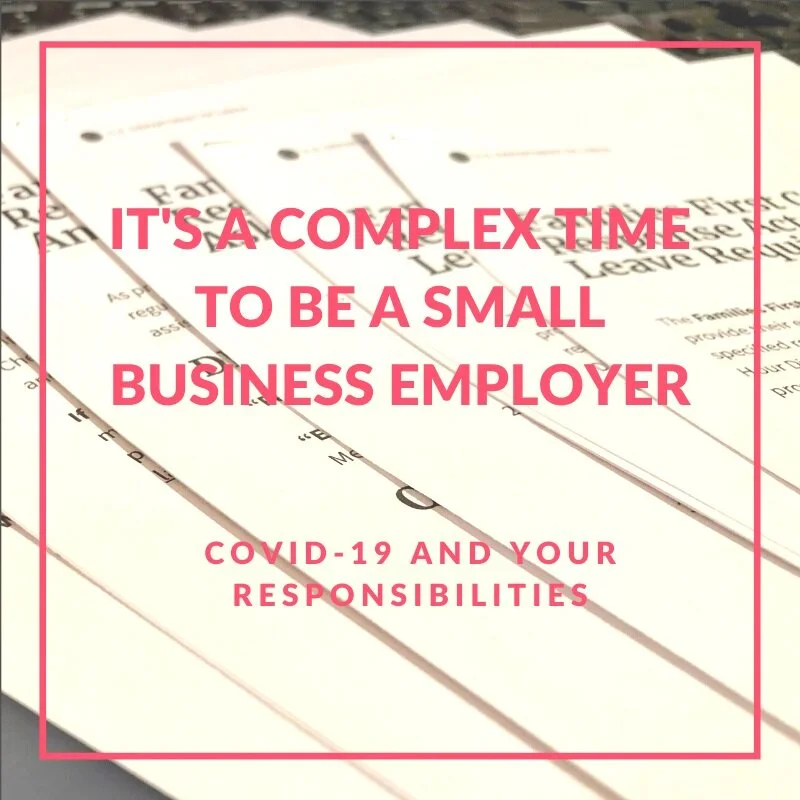Dearest Clients, Readers, and those just passing by,
The last few months in small business HR have been fast-paced in terms of changing workplace dynamics and a huge, HUGE, growth mindset around racial equality. Collectively we have a tremendous amount to learn. As a consultant, entrepreneur, and mom I am learning just as fast as I can.
If you're like most of my small business clients you believe in and support the Black Lives Matter movement and seek to find racial equality in your workplace but feel paralyzed about how you and your small business can or should support, react, be an ally to, and advocate. I've navigated these conversations with several clients and one thing that is abundantly clear is that doing nothing, being a late adopter is not an option. I think that the sky's the limit in terms of growth and that this is not a one-time, trendy fix. Having a growth mindset is imperative for small businesses. Here are five steps small businesses can do to support racial equality in the workplace.
Communicate to your team members and perhaps even your clients your stance on racial equality in the workplace. Here are examples from Barre3, Ben and Jerry’s, and Chipotle.
Adopt a Diversity, Equity, and Inclusion (DEI) policy that will create cultural shifts to ensure equality for all in your workplace. Evaluate your workplace policies and practices and critique your unconscious bias. Specifically look for opportunities to improve in the areas of recruitment, training, professional development, employee relations, performance management. Perhaps develop a committee of teammates to help provide insights and reduce unconscious bias during your evaluation. MacArthur Foundation has a stellar example of their DEI policy and work.
Invest in training for your workplace. Franklin Covey has a solid resource offered on-demand on Unconscious Bias. Note; I have no affiliation with Franklin Covey, I simply admire their work and this program.
Seek feedback from your workplace. Allowing your workforce to provide feedback to you anonymously will help you understand opportunities for improvement and allows for the individual teammates to feel protected. Resources that may be helpful include; ThoughtExchange, Officevibe, TinyPulse (again, no affiliation).
Don’t be silent. Most likely your workforce is waiting to hear your response to the unveiling of racial inequality in the United States. Your silence speaks volumes. Take a proactive, thoughtful approach by communicating the value that each of your team members brings to the workplace (past, present, and future) regardless of their race, gender, LGBTQ+ status. Communicating your stance is crucial to creating equality, and a sense of belonging, for all people in your workplace.
We all have work to do in the areas of bias and workplace equality whether you’re a beginner or you have been studying this for years EVERY ONE OF US IS LEARNING. Coming at this with a growth mindset, even a beginner growth mindset, is fantastic. This article from Lattice gives examples of how bias exists in recruiting, promotion, and even simply listening to ideas: How to Reduce Unconscious Bias at Work. You may also want to watch this TedTalk that has a great exercise at the beginning that highlights some of our biases. Both of these free resources would be appropriate to share with your leadership team and even your workforce as you begin to approach educating and unraveling unconscious bias in your small business.
What obstacles have you encountered in your workplace? I feel strongly that the obstacles are our greatest opportunities. Change is happening at lightning speed and it’s the best time in my career for our work cultures to grow.
Also, what ideas have you implemented, or has your workplace implemented that feel like a step in the right direction?
I look forward to hearing from you about your thoughts, comments, or questions.
Humbly learning with each of you.
Amy McGeachy











